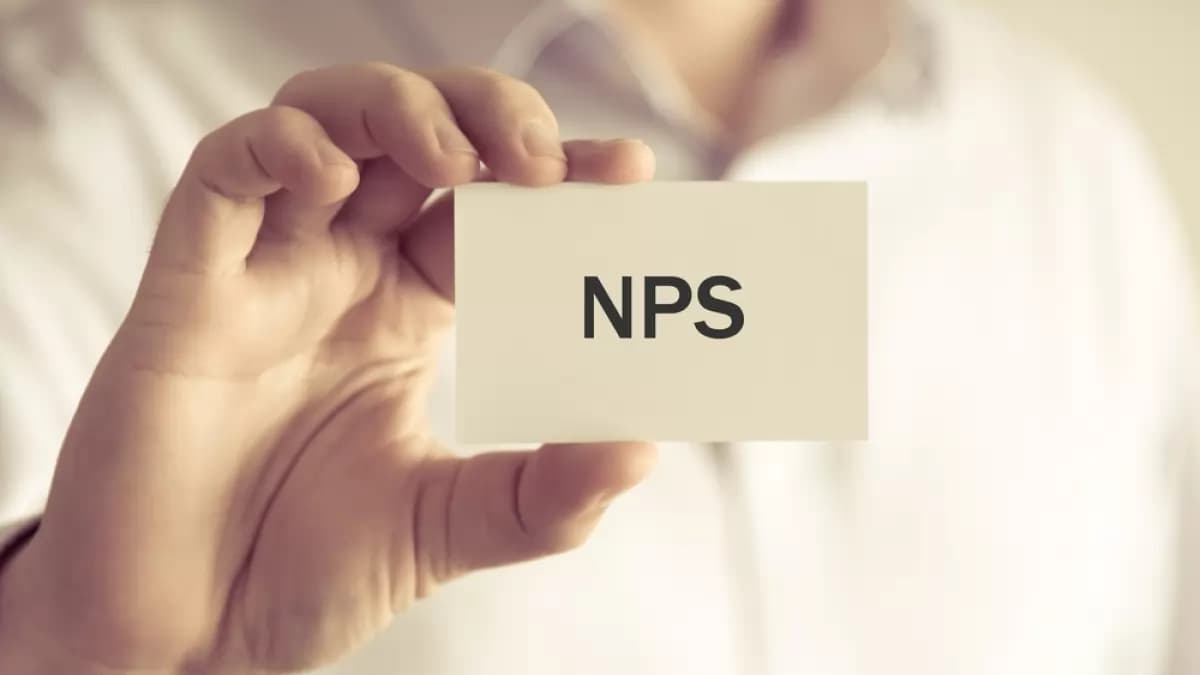The Pension Fund Regulatory and Development Authority (PFRDA) has decided to ban credit card payments for contributions in the National Pension System (NPS) in Tier II accounts. PFRDA has ordered all Points of Presence (PoPs) to stop accepting credit cards with immediate effect for payments to NPS Tier II accounts.
According to the PFRDA circular issued on August 3, “The authority has decided to stop the facility of payment of subscriptions/contributions using credit card as a mode of payment in the Tier-II account of NPS. Accordingly, all PoPs are advised to stop the acceptance of credit card as a mode of payment for the Tier-II account of NPS with immediate effect.”
In this context, it’s important to understand what NPS is, and how you invest in NPS.
What Is NPS?
The National Pension System (NPS) is a voluntary, defined retirement savings scheme. The purpose of NPS is to inculcate the habit of saving for retirement among citizens.
“An additional deduction for investment up to Rs 50,000 in NPS (Tier I account) is available exclusively to NPS subscribers under Section 80CCD (1B). This is over and above the deduction of Rs 1.5 lakh available under Section 80C of the Income-tax Act, 1961,” says Anant Ladha, founder, Invest Aaj For Kal, a financial planning firm.
The individual savings to NPS are pooled into a pension fund invested in a diversified portfolio comprising government bonds, bills, corporate debentures, and shares. The investments are managed by PFRDA-regulated professional fund managers (PFMs), including SBI (State Bank of India), LIC (Life Insurance Corporation), and UTI (Unit Trust of India).
“On retirement, you can withdraw the entire amount if the pension collected is less than Rs 2 lakh. Else, you can withdraw up to 60 per cent of the corpus and need to invest the remaining 40 per cent in one of the eight annuity products currently available,” says Adhil Shetty, CEO of Bankbazaar.com, a financial services website.
NPS has a two-tier structure, a mandatory pension account (Tier I) that gives tax benefits and an optional account (Tier II) with withdrawal flexibility. The Tier I account is the mandatory primary account and functions as the pension account. The Tier II account is linked to the Tier I account and is meant to be used as an investment account.
“You could opt for investing solely in a Tier I account. Or you could choose to invest in a mix of Tier I and Tier II accounts, based on your investment goals. There is no cap on how much you could invest in a Tier 1 account. Once you have opened an account, you need to make an investment of at least Rs 1,000 in a given financial year,” says Shetty.
Also, NPS happens to be low cost with an expense ratio of 0.01 per cent. “Though, there are no caps on maximum investments or restrictions on withdrawal, neither the money invested nor the gains are exempted from tax. The returns on NPS Tier-2 account contributions are taxable as per the applicable slab rates,” adds Shetty.
The Process Of Investing In NPS
It is now possible to open an NPS account in less than an hour online. Opening an account online (enps.nsdl.com) is easy, if you link your account to your PAN, Aadhaar, and mobile number. You can validate the registration using the OTP sent to your mobile. This will generate a PRAN (Permanent Retirement Account Number), which you can use for NPS login.
Documents Required For NPS Investment
- You must have an ‘Aadhaar number/ Permanent Account Number (with a mobile number registered with Aadhaar)
- You would be required to upload your scanned signature (in.jpeg.jpg format having file size between 4KB and 12KB) as part of the registration process.
- In case you wish to replace the photo obtained from Aadhaar, you may upload a scanned photograph.
- Bank cheque book copy for details.
How To Invest In NPS Through Banks
For opening an NPS account via a bank, submit your ‘Know Your Customer’ (KYC) documents along with a duly filled and signed application form. For complying with KYC, you need to provide documents for your identity, date of birth, address proof and a photograph. “You need to have a bank account in India and have to furnish an Indian address even if you are an NRI (non-resident Indian). You need to have either an Aadhaar number or a PAN card for opening an NPS account,” says Ladha.




